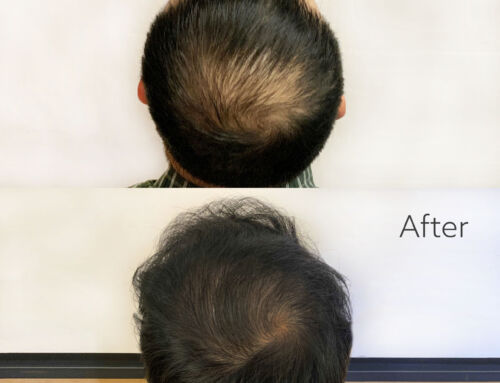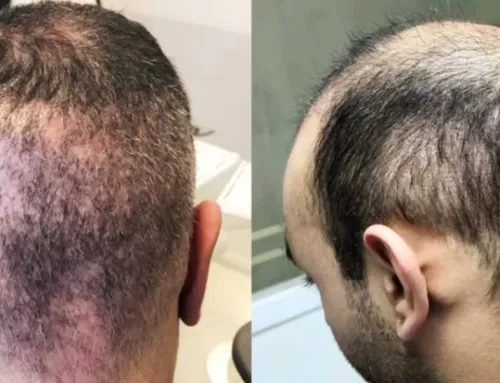At the New England Center for Hair Restoration, we use the latest technology to offer patients the most advanced surgical hair loss techniques. We specialize in using micro- and mini-grafts to provide the most natural-looking hair restoration results through minimally invasive procedures. One of our most popular hair restoration procedures is FUE, or follicular unit extraction. FUE allows our surgeons to extract individual follicular units, rather than an entire strip of hair follicles, from the donor site. The FUE technique is less invasive and results in a shorter recovery period. While recovery from FUE is fairly simple, patients should still be prepared to experience some side effects. Here, we discuss the FUE side effects our Boston patients can expect following treatment.
Side Effects During FUE Recovery
The aspect of FUE surgery that sets it apart from other hair loss surgery techniques is the small size of the hair grafts that are used. During this procedure, tiny punches are used to collect individual follicular units. These units are so small that they typically contain just four individual hairs. This is much less invasive than the FUT technique, and allows most patients to recover from treatment in about a week. Although recovery is short, patients will likely experience a number of side effects. Below are the most common side effects of FUE treatment:
- Swelling: Inflammation is a common response to trauma and is, therefore, the most common side effect of any surgical procedure. Following FUE treatment, it is normal for the donor site and/or forehead area to be slightly swollen. This swelling typically goes down within a week.
- Itching and discomfort: It is common for patients to experience some discomfort in the first few days following an FUE transplant. Patients can use over-the-counter pain medication as necessary to control this discomfort. Itching is another common side effect of FUE treatment. The skin around the donor and transplant sites can feel tight and itchy. It is important to avoid scratching this skin, as it can increase the risk of hair loss.
- Hair loss: Many of the hairs that are transplanted will be lost within the first seven to 10 days after treatment. This may seem like reason for concern, but it is actually completely normal. This condition is known as “shock loss.” Although the transplanted hairs will be lost, the follicles will remain in place and new hair should begin to grow within two to three months.
- Scarring: Hair transplant surgery will result in some scarring. However, because the units are so small, scarring from an FUE procedure will be minimal. The small, circular scars that are left behind will be easy to camouflage, even for those with short haircuts.
Contact Us
Hair loss is often inevitable, but the results of that loss do not need to be permanent. At the New England Center for Hair Restoration, we offer a number of hair loss treatments to restore volume to the hairline. Contact us at your earliest convenience to learn more about these procedures and which may be right for you.






